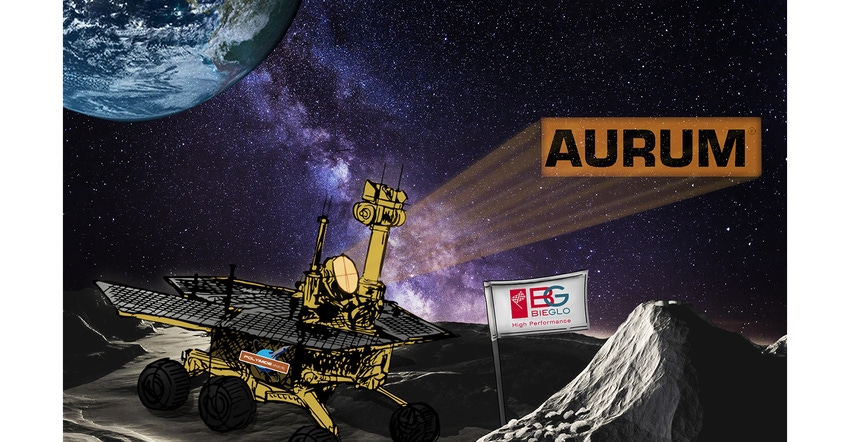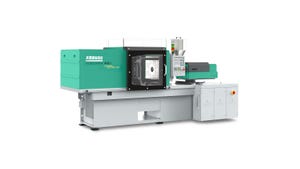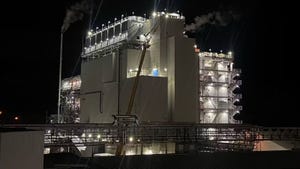3D Printing's Moon Shot
Thermoplastic polyimide unlocks a new high for onsite component fabrication.
July 15, 2021

A project at Engineering Polytechnique Montréal and HEC Montréal is aiming to design and demonstrate the use of a 3D printer mounted on a lunar rover. The project is being carried out in collaboration with the Canadian Space Agency and the Research Center for High Performance Polymer and Composite Systems (CREPEC).
The 3D printer will fabricate structures utilizing mainly in-situ resources such as regolith. Bieglo Group is supplying Aurum polyimide from Mitsui Chemicals to support this project. A mixture of regolith and Aurum would be used to create the printing material mixture required under the harsh lunar environment.
Regolith is a blanket of unconsolidated, loose, heterogeneous superficial deposits covering solid rock. It includes dust, broken rocks, and other related materials and is present on Earth, the Moon, Mars, some asteroids, and other terrestrial planets and moons.
Aurum is a heat-resistant thermoplastic resin produced by Mitsui Chemicals and marketed and distributed by Bieglo in Europe and BARplast LLC in the United States. Some of the noteworthy features of Aurum are high temperature stiffness and excellent sliding properties. With its high glass transition temperature, the coefficient of expansion is stable up to 245℃ and can be controlled at an equivalent level to aluminum. Aurum also exhibits resistance to radiation and possesses stable coefficient of friction and low friction wear, making it resistant to abrasion caused by lunar dust. Moreover, it is an exceptionally clean polyimide with extremely low outgassing properties.
About the Author(s)
You May Also Like




